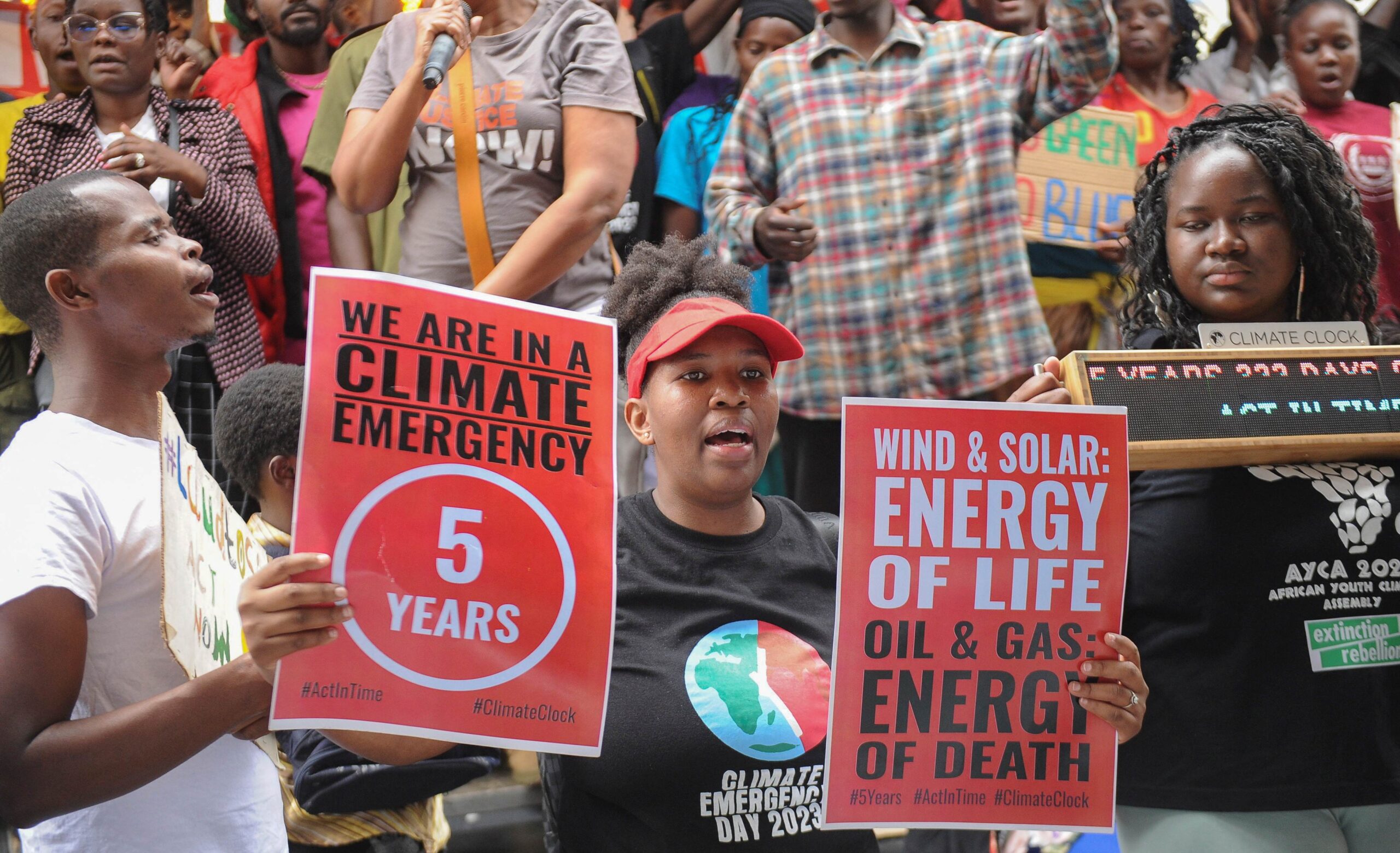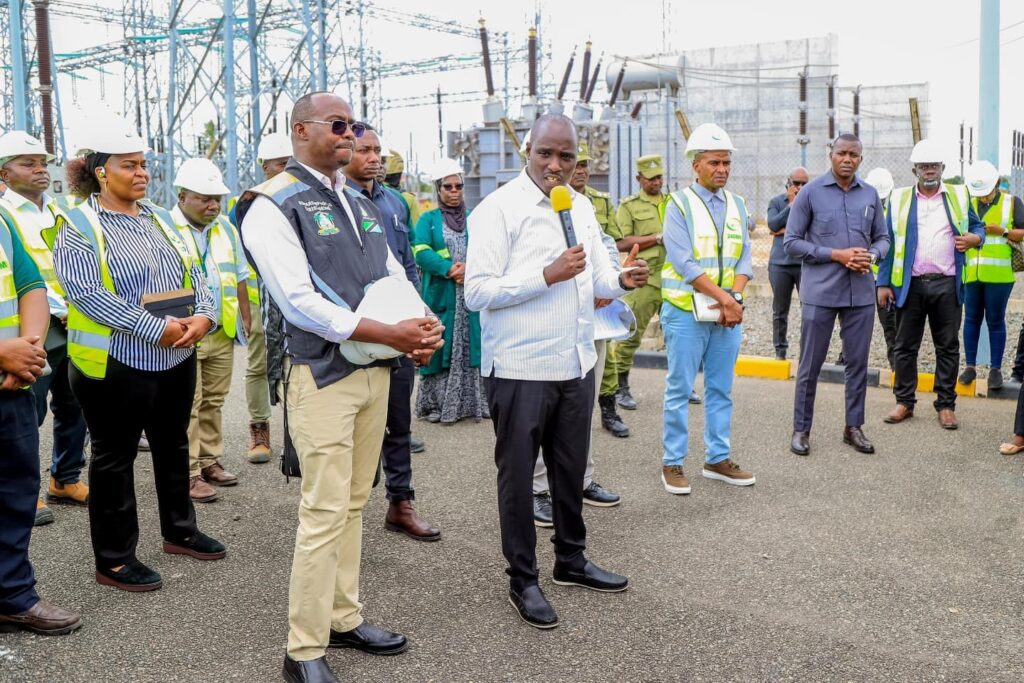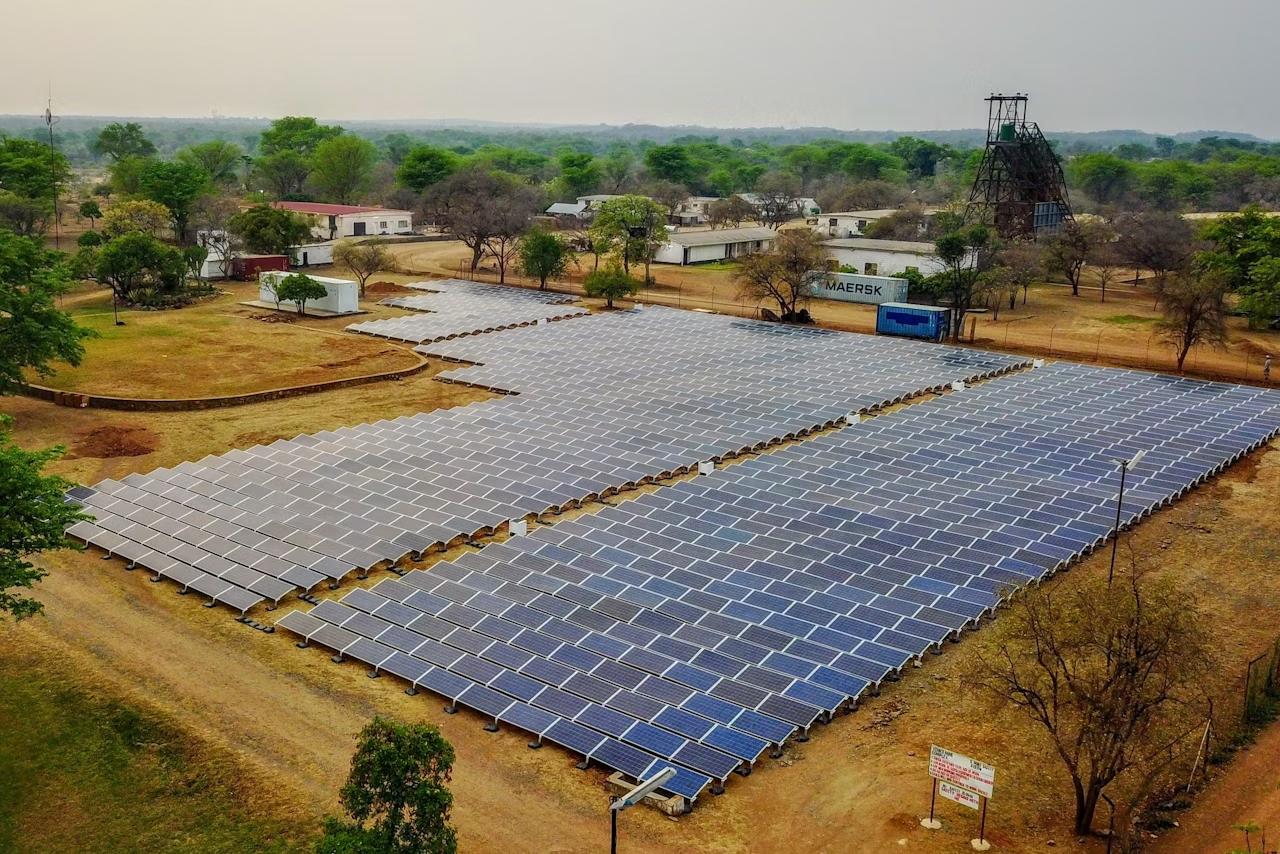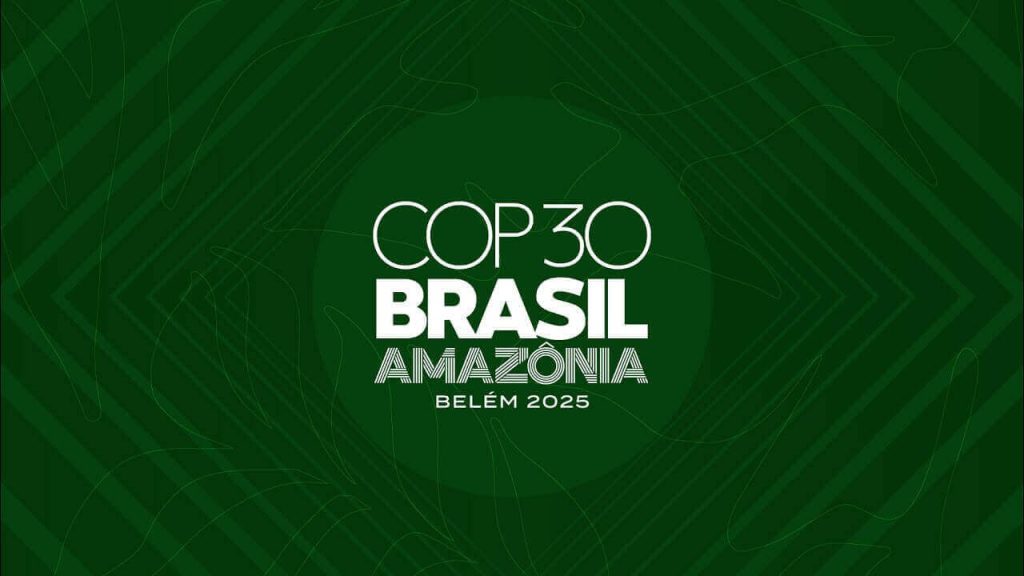
Tuesday 18th November 2025

by inAfrika Newsroom
Zambia and Tanzania have switched on a new 400 kV transmission line between Kapiri Mposhi and Tunduma, tightening the energy link between Southern and Eastern Africa. Governments describe the interconnector as a backbone asset for regional power trade and a key step toward a more integrated grid.
The line forms part of the wider Zambia–Tanzania–Kenya corridor. It follows a separate 400 kV line between Kenya and Tanzania that entered commercial use earlier this year. Together, the links connect the Southern African Power Pool and the Eastern Africa Power Pool, two markets that have so far operated largely in parallel.
Energy officials say the corridor can move power in both directions. Zambia and its southern neighbours can export surplus hydro and solar when conditions allow. Tanzania and countries in East Africa can send power back when they commission new plants or enjoy better rainfall. The corridor also creates anchor capacity for future renewable projects and for industrial users that want to locate near reliable high-voltage lines.
Regional bodies are moving in tandem on the rules side. The Eastern Africa Power Pool is preparing a day-ahead market, while regulators and utilities continue to refine grid codes and cross-border settlement rules. Governments hope the new link will plug directly into these market reforms rather than operate only through slow bilateral deals.
Many African economies still face power shortages, frequent outages and high tariffs. Those problems hit manufacturing, mining, services and households alike. Businesses run expensive diesel generators. Families spend a higher share of income on energy.
A stronger cross-border grid can ease some of that pressure. Countries can import cheaper electricity during dry years or plant outages instead of building redundant capacity. They can also export surplus power to earn foreign exchange. In theory, this regional approach reduces costs, improves reliability and supports climate goals by allowing renewables to move across borders.
For communities along the corridor, the project could also support new industrial zones and rural electrification. Substations and distribution lines that tap into the high-voltage link can bring power to nearby towns and agro-processing plants, opening the door to jobs beyond subsistence farming.
Analysts warn that new lines alone will not unlock the full benefits. Governments need to keep tariffs on a cost-reflective path, clear arrears to utilities and allow transparent access to the grid. Regulators also must coordinate congestion rules, dispute resolution and environmental safeguards as more cross-border power flows.
Next steps include live testing of the interconnector under different demand scenarios, finalising wheeling charges, and integrating the link into regional planning models. If those pieces align, the Zambia–Tanzania power line could become a visible symbol of how hardware, regulation and regional policy can move together to keep Africa’s growth powered.


